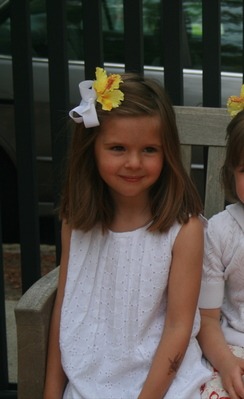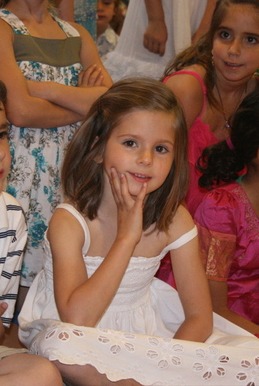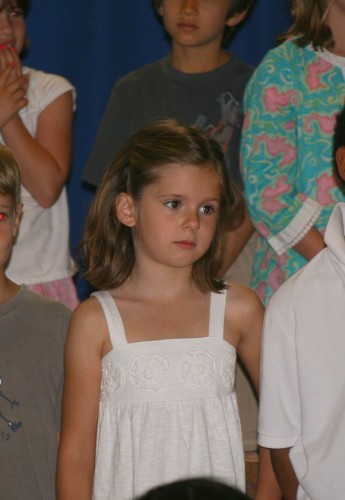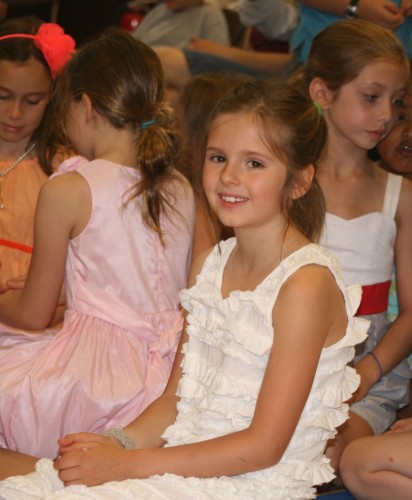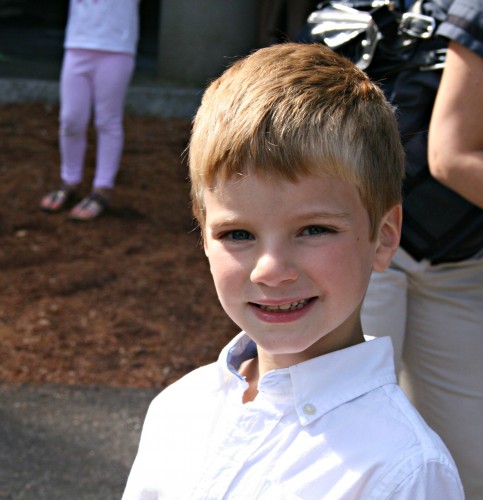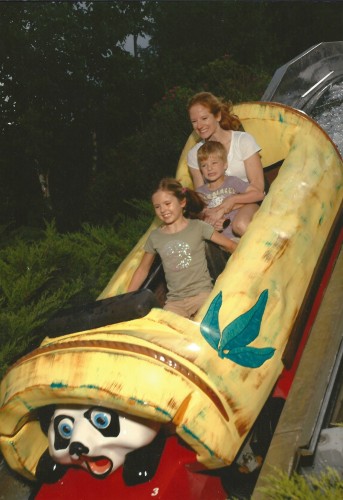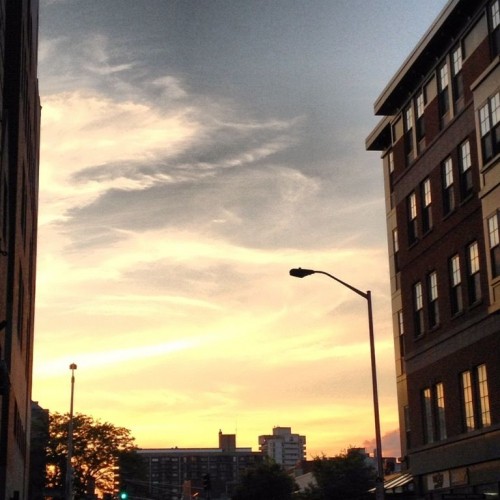
Today is the summer solstice. It is the longest day of the year. The day out of 365 that holds the most light. And from here we turn towards darkness again.
I have always felt a connection to the solstices, surely in part due to my family’s long tradition of celebrating December 21st. But something even deeper than this tradition beats in me. My soul vibrates with the ever-shifting balance of light and dark and recognizes the importance of its brief, teetering pinnacle (and nadir) on the summer and winter solstice. I asked my husband recently which was the happier day for me, the summer solstice or the winter solstice. It was a little quiz. He got it wrong.
The answer is the winter solstice. From there we are turning towards the light, moving in the direction of longer days, out of the dark days that takes the most faith. The summer solstice comes at the very beginning of a season I love so dearly, with its swollen days and evenings of slow-arriving dusk, fireflies and popsicles, sandy toes and children worn out from wonder and the ocean. But I do find June 21st tinged with sadness. It reminds me that we are commencing our revolution towards fall and winter again.
I wish – desperately, wholly, wildly – that I could just sit and enjoy a day of my life. One day. I wish I could sit by a pool, giggling at my children jumping off a diving board, a glass of white wine in my hand and a dear friend at my side. And if you were at that pool, that’s what you would see. That’s what it looks like from outside. But inside there is an essential crack in my spirit that yawns open, more narrowly or more widely depending on the moment. This crack – this wound– is always there.
I promise I’m not a hugely depressing person. I’m not even depressed. I’ve been there, believe me, and this isn’t it. I’m actually a fairly happy person. My husband has even noted that I’m funnier in person than anyone would imagine from my writing here. I guess I try to keep my heartbreak to myself. But the truth is that even on days like today, a day as gorgeous and perfect a summer day as I can imagine, the longest day of the year, there is a kernel of sadness buried deep inside my experience that I can’t ignore.
And there is still so much here I do not understand. These are my favorite lines in Adrienne Rich’s deeply moving poem that I publish every winter solstice. No matter how much I struggle and think and unpack and write, there is still so much that is unclear to me, both within and without, so much that I find perplexing, sad, complicated. Also, yes, there is also so much that I find devastatingly beautiful, radiantly joyful, and deeply satisfying. What I am beginning to see is that it is in these knots of tangled meaning that my life actually exists. I’m slowly realizing that my hope that someday I’ll be sailing smoothly down some clearly-defined path is simply naive.
Last year I said this: “I realize, again, fiercely, is that this is how I want to live: in the right now of my life with a broken heart. I want this, in full knowledge of the pain it carries, far more than I want to keep hiding from my life.” Reading this avowal reminds me that for all the uncertainty, there are things I do absolutely know. On a day like this when I want to simply enjoy, it is easy to forget these commitments I make, to myself, to my family, to those I love. But I won’t. I will pull out my camera, take some pictures of this glorious day, of my alarmingly tall and lanky and funny and sad children, surrender to the knot of sadness that will gather in my heart as the sun sets, and acknowledge this is what it is to be me in this world. It just is.
Parts of this post were originally shared on this day last year. And they are still so true, as I continue my spirals through the same questions, the same concerns, the same sadnesses, the same joys.

